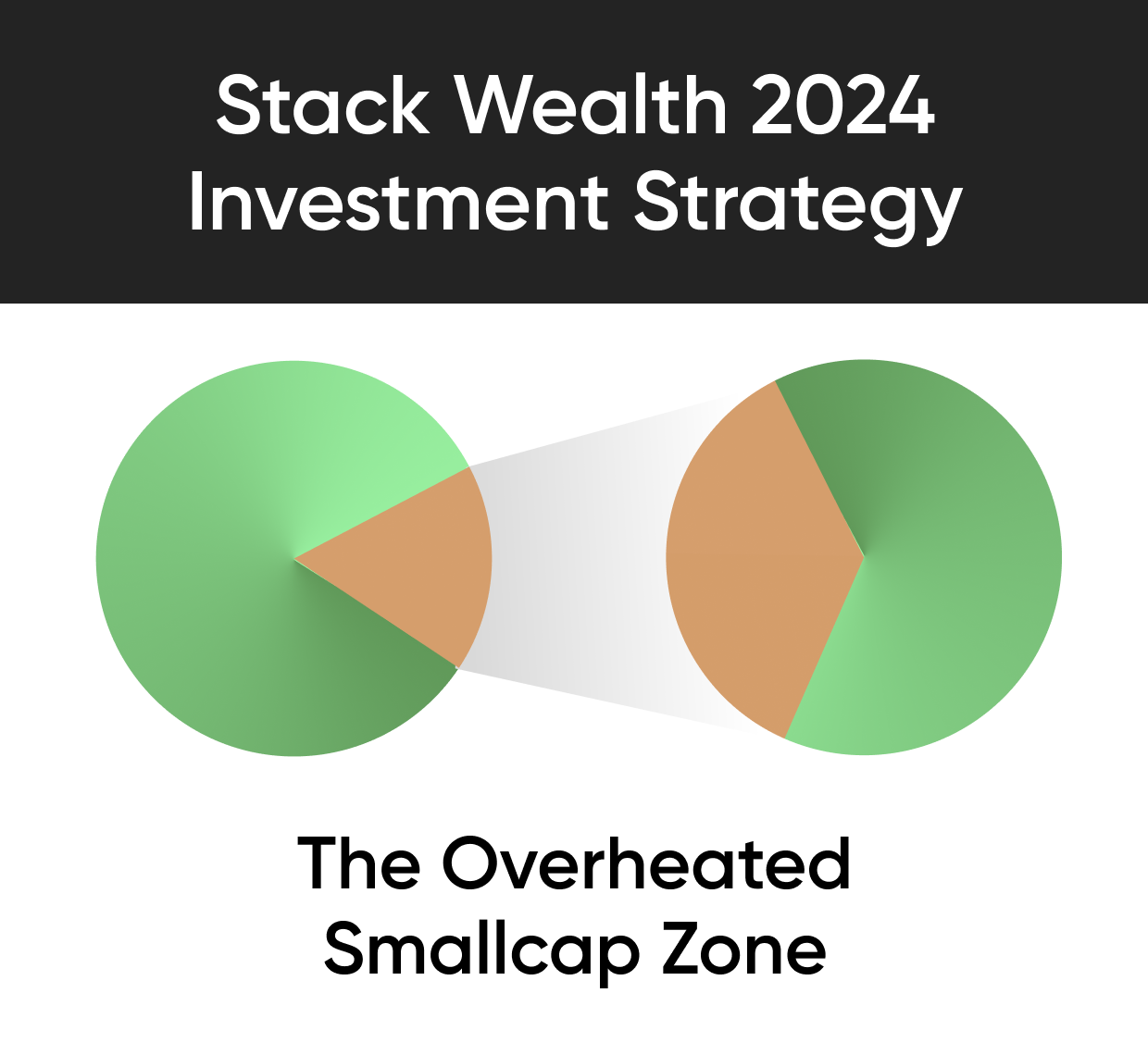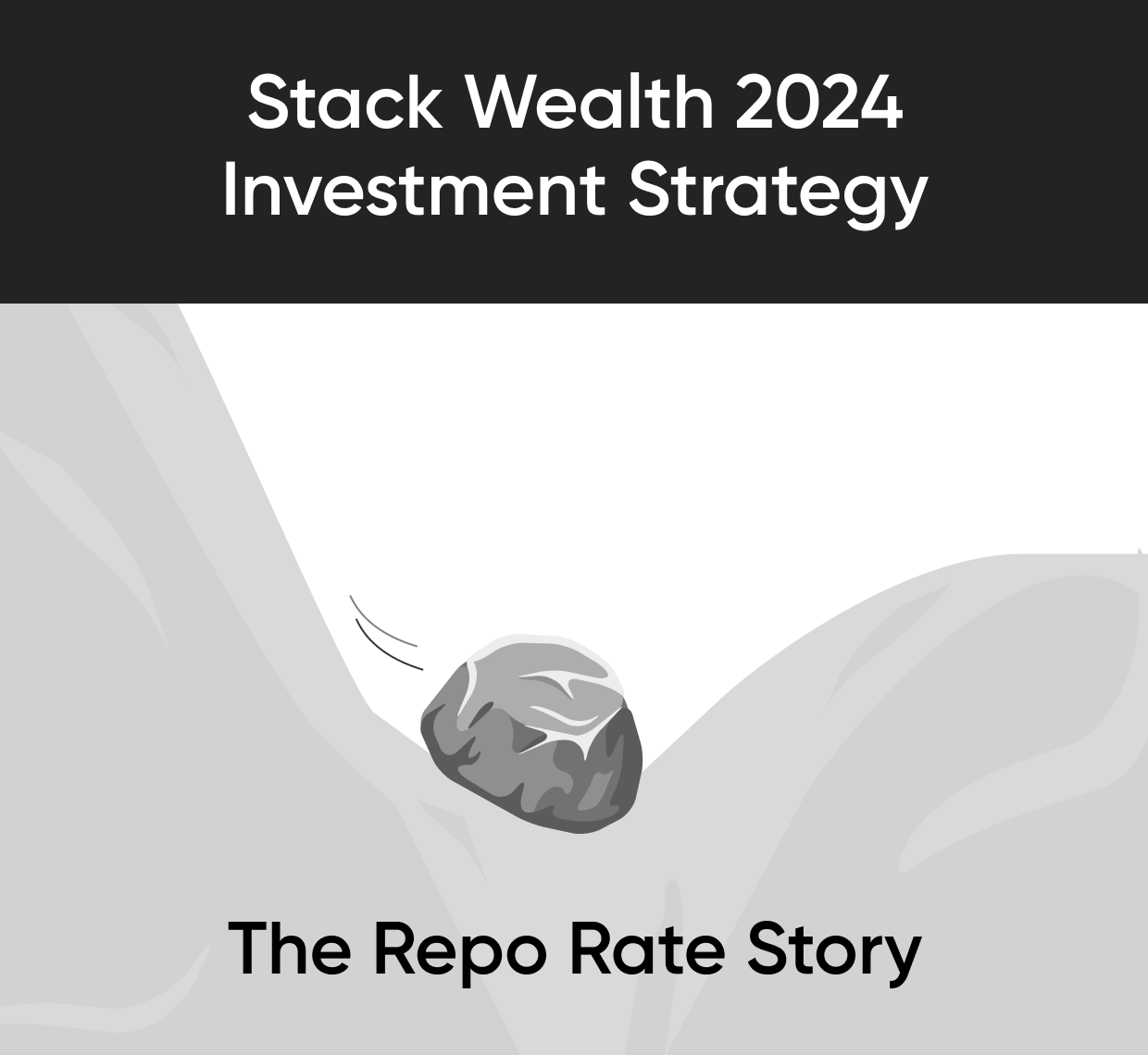When it comes to mutual funds, where investors put their hard-earned money into professionally managed financial instruments, the expense ratio becomes an important measure. The expense ratio, which is sometimes disregarded or undervalued, is crucial in determining the returns that investors get on their mutual fund investments. Together, we will explore the implications of this seemingly benign proportion for your financial portfolio and dispel any myths around it.
What is the expense ratio ?
Fundamentally, the expense ratio is the yearly charge made by mutual funds to defray the administrative, operating, and management costs of the fund. This seemingly little figure, which is expressed as a percentage of the fund's average net assets, is crucial to figuring out how much your investment really costs.
Components of Expense Ratio
To comprehend the expense ratio, break it down into its constituent parts:
- Management fees: The price paid to appoint qualified fund managers to choose investments on behalf of clients.
- Administrative costs: These comprise regular operating costs including maintaining records, providing customer service, and adhering to regulations.
- Fees for 12b-1: These fees pay for marketing and distribution costs, such as paying brokers and running advertisements.
- Other Miscellaneous Costs: Expenses that go into the overall expense ratio but don't quite fall into any of the aforementioned categories.
How to evaluate and compare expense ratios
- Benchmark Against Similar Funds: Evaluate a fund's expense ratio by contrasting it with those of other funds in the same category. While it's important to take into account, a lower expense ratio does not always translate into higher results.
- Examine Fund Performance: Determine if the performance of a fund supports the expense ratio. If a fund beats its peers on a consistent basis, it can be worth the higher expense ratio.
- Seek for Fee Waivers or reductions: Certain funds, particularly those offering larger assets, provide waivers or reductions on fees. Examine if your selected funds offer any such opportunities.
Impact on Returns
Expense ratio functions as a silent wealth eroder.
- Incremental Reduction in Returns: At first sight, the expense ratio, represented as a percentage, might not seem like much. But over time, their effects become apparent and the fund's returns steadily decline. Fund B, for instance, starts with a 0.2% advantage in returns if Fund A has an expenditure ratio of 0.5% and Fund B has a lower cost ratio of 0.3%.
- Compounding Over Time: The expense ratio's capacity to compound over time is what makes it so pernicious. The original investment and the cumulative returns that the fund generates are both subject to the continuous reduction brought about by the expense ratio. The difference between funds with higher and lower expenditure ratios is amplified by the compounding effect.
- Long-Term Effects on the Acquisition of Wealth: The expense ratio can have a significant effect over time. Think of two fictitious investors who put $10,000 each into Funds A and B, respectively, and received an average yearly return of 7%. During a 20-year period, for example, the difference in cumulative returns becomes apparent if Fund B has an expenditure ratio of 0.3% and Fund A has a 0.5% ratio.
Conclusion
As we come to the end of our investigation into mutual fund expense ratios, it is clear that this seemingly small proportion has a big impact on how well your investments perform. Investors can steer their financial portfolios toward development and success by making educated selections based on their understanding of how expense ratios affect returns. To secure a more profitable financial future, delve past the surface and decipher the money concealed within the cost ratio the next time you consider investing in mutual funds.











